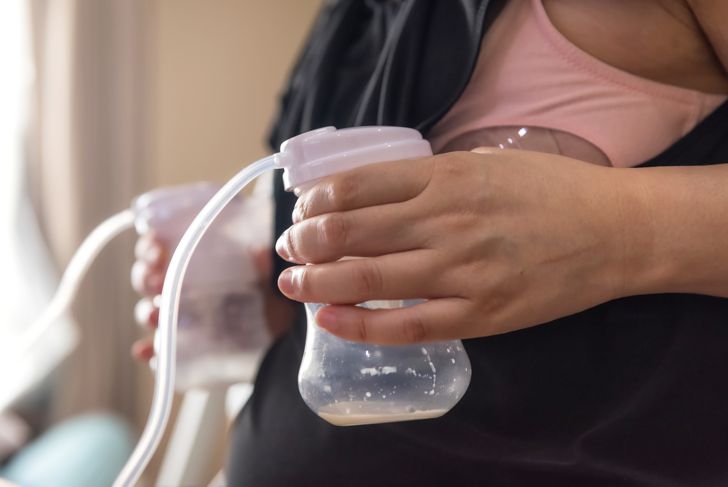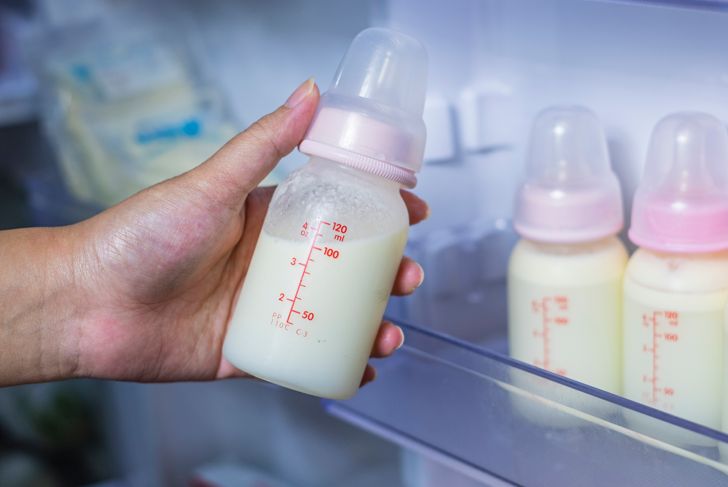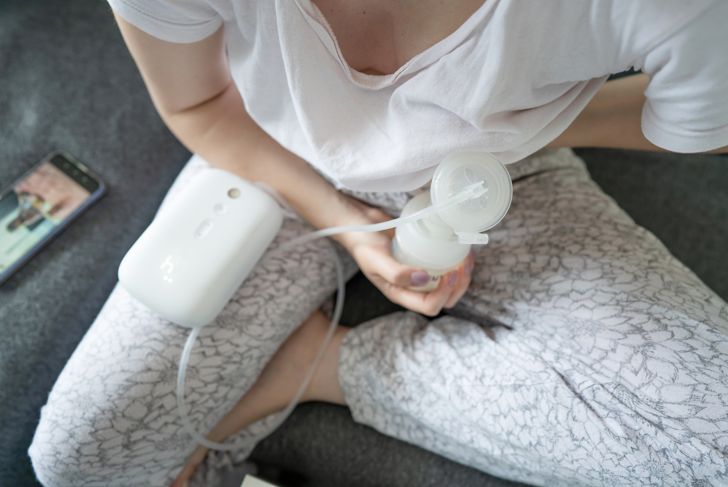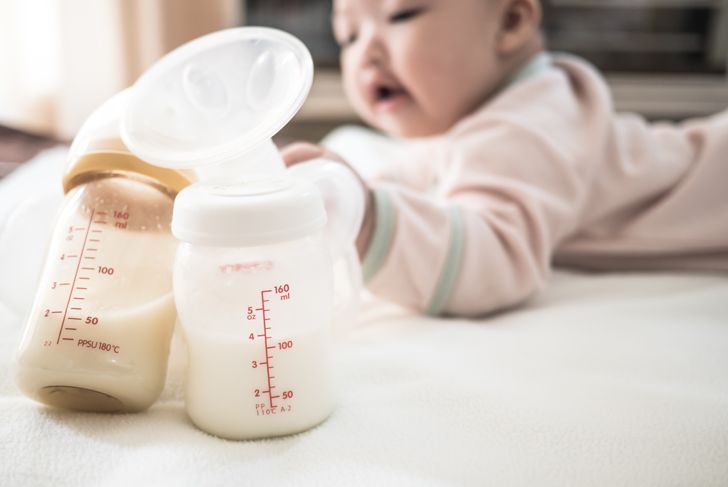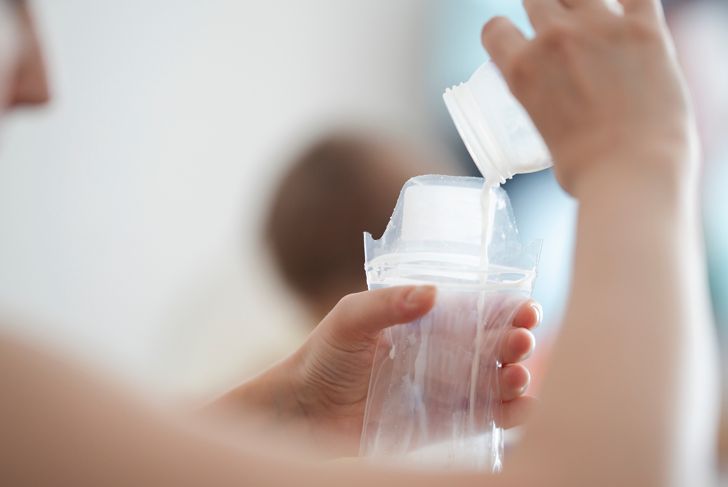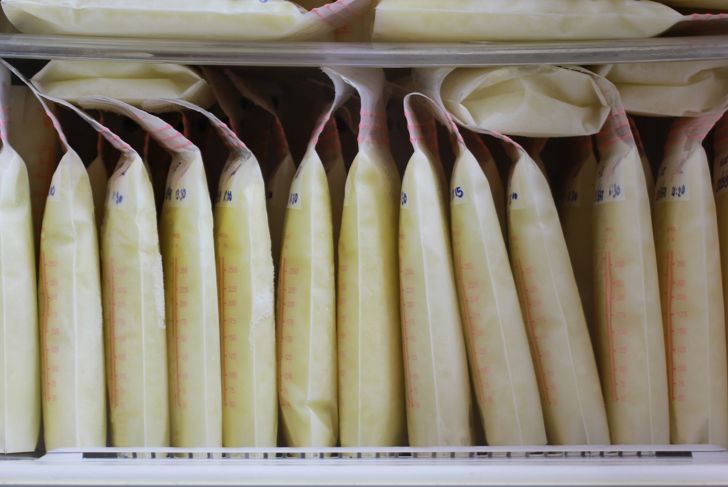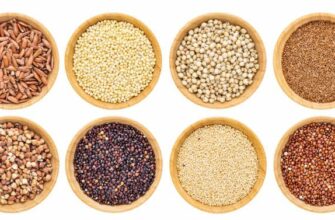Breast milk is the most nutritious choice for feeding a newborn, but breastfeeding is a huge commitment. Pumping breast milk is an excellent option when work, school, or other responsibilities mean the chestfeeding parent won’t be home at feeding time.However, like most tools that offer convenience, using a pump comes with some disadvantages and requires certain equipment and techniques.
Advantages
Expressing breast milk with a pump carries advantages over breastfeeding, hand expression, and formula. Natural breast milk is much easier for infants to digest and offers greater health benefits, even after weaning.Pumps provide more freedom than breastfeeding, making it easier to return to work or pursue other activities. It also allows your partner to share feeding duties.
Disadvantages
Breast pump suction may prove too powerful and painful for people with sensitive breasts. Additionally, frequent breast pumping may irritate the breasts and nipples, causing dryness or rashes. While there are solutions to these issues — using a different type of pump or applying breast milk to the dry area — some parents may find it simpler to avoid pumps entirely.
Barriers
Many barriers continue to limit the use of breast milk pumps. Pumping milk can take a significant amount of time, which many people — especially those with a newborn — just don’t have. Additionally, a lack of storage options like bottles and refrigerators often prevent pumping outside the home.Workplaces may not support pumping by either failing to provide a safe, hygienic location or outright banning the practice.
When to Start Pumping
Pumping can begin at any time after the birth. People who know they’ll have to be away from the baby for long periods should plan ahead and start pumping a few weeks beforehand. This allows for plenty of practice and gives the newborn more opportunities to adjust to feeding from a bottle.
Pumping Frequency
The more a person pumps, the more milk they produce. Any time the baby would typically feed, start pumping. For most people, this means pumping for about 15 minutes every few hours. Doing this ensures milk production stays at a level that can support the infant. If possible, use a double breast pump to reduce pumping time.
Stress Levels
It is important to keep stress levels low while breastfeeding, as stress can limit the body’s ability to release breast milk. People who are new to breast pumping may find the sensation unpleasant, meaning that they will need to get used to the pump before they can release enough milk.If it is difficult to pump enough milk, massaging the breasts, using a warm compress, or looking at a photo of the child may help.
Stay Hydrated
While breastfeeding and pumping, limit coffee, soda, and other caffeinated drinks. Excess caffeine can interfere with an infant’s sleep and cause irritability. Dehydration can interfere with breast milk production and release, too, so stick to hydrating fluids like water, juice, and milk, and make sure to drink regularly throughout the day.
Pumping-and-Dumping
Many people believe that they need to express a small amount of breast milk and pour it out before pumping a full bottle. This “pumping-and-dumping” stems from the idea that bacteria from the breast and pump infect the milk and could make the baby sick. In truth, as long as the pump is cleaned regularly, any bacteria from the breast will only boost the baby’s immune system.Additionally, some people believe they need to pump-and-dump after drinking alcohol. This is not true, though experts recommend waiting at least two hours before pumping or nursing after drinking alcohol.
Breast Engorgement
Even if the parent is going to be home with the baby, pumping can help those experiencing breast engorgement. During the nursing period — but especially while weaning — breast milk may accumulate in the tissue around the milk-producing ducts and cells. Engorgement can be extremely painful and may lead to a plugged duct.Pumping a small amount can relieve pressure and discomfort. While weaning, this can also train the breasts to gradually produce less milk.
Safely Storing Pumped Breast Milk
To prevent potential contamination, follow proper preparation and storage techniques for pumped breast milk. Use breast milk storage bags or clean, food-grade containers that are glass or plastic with tight-fitting lids.Freshly pumped milk is safe at room temperature for about four hours and can last in the refrigerator for up to four days. Frozen milk is safe for up to 12 months, but declines in quality after six months. Never refreeze breast milk after it has thawed.

 Home
Home Health
Health Diet & Nutrition
Diet & Nutrition Living Well
Living Well More
More